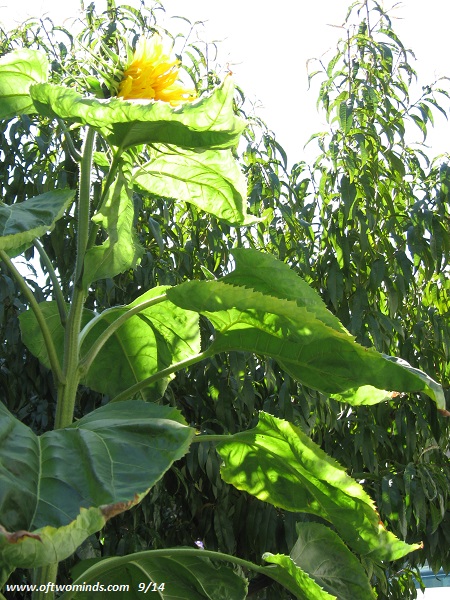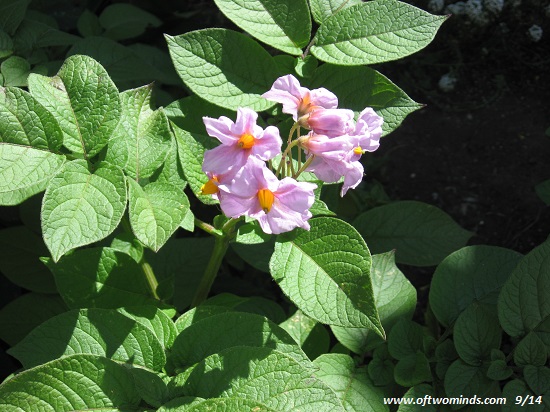
Much of the community economy is invisible to market discovery of price/value.
Long-time readers know I tend to see the big issues of our era in small things. For example, I see capitalism’s primary flaw–the market’s inability to value whatever markets cannot price–in our society’s blindness to the full value of vegetable gardens.
An example of capitalism’s inability to value what cannot be priced by the market’s supply-demand mechanism is the loss of the wild fisheries, for example, blue-fin tuna. The market can price the last wild blue-fin tuna caught, but it cannot price the loss to the sea’s food chain and web of life, nor the eventual costs of this loss to humanity. As a result of this ontological defect, we cannot possibly make fully informed or wise decisions based solely on the market value of things.
If we rely on the market to value a vegetable garden, we would weigh the garden’s harvest and calculate the wholesale value of the vegetables, or perhaps the price that could be fetched for the veggies at a local farmer’s market.
Let’s say the market determines the “value” of the garden’s output at $200. If we calculate the hours of labor needed to maintain the garden and harvest the output, this appears to be a very low return on the investment of labor (time) and capital (seeds, soil, water, compost, etc.)
But does this market-calculated value truly capture all the value intrinsic to a thriving garden? Even the most superficial survey of the spectrum of value created by a garden would find that the market captured almost nothing of a garden’s true value.
Just off the top of my head, here is what a garden generates in non-market value:
— A soothing green oasis that offers visitors immediate health benefits: lower blood pressure, calming the mind, re-establishing a connection to the natural world, etc.
— A natural gathering place for those living nearby. A rooftop garden, for example, becomes a magnet for residents of the building, even if they express no interest in raising vegetables.
— A source of meaning and pride for those caring for the garden
— An irreplaceable “classroom” for learning about interactive, dynamic systems, biology, ecosystems, insects, pollinators, soil, micro-organisms
— A source of inspiration for culinary education, art projects and other expressions of creativity and beauty
— A workplace where participants can learn perseverence, a work ethic, how to nurture natural processes, etc.
— An opportunity to learn the social skills of sharing and working with others
— A healing place for people who have never had little experience with the natural world and with the healing powers of caring for something other than one’s own narrow self-interest
— A natural rallying point to form a community out of disparate individuals or deepen the bonds between neighbors
— The joys of harvesting fresh, organic vegetables
These ten sources of value unrecognized by supply-demand pricing of marketable output do not capture the full value of a vegetable garden, but they reveal how much of what I call the community economy is invisible to market discovery of price/value.
A volunteer sunflower in our small, messy garden, towering in front of our peach tree:

A potato plant, flowering beneath the scarlet runner green bean trellis:

A stir-fry of veggies from the garden:

A batch of peach pies, four of the 23 pies we made from the peach harvest:

How do we value such things? Certainly not just on their market value.

























